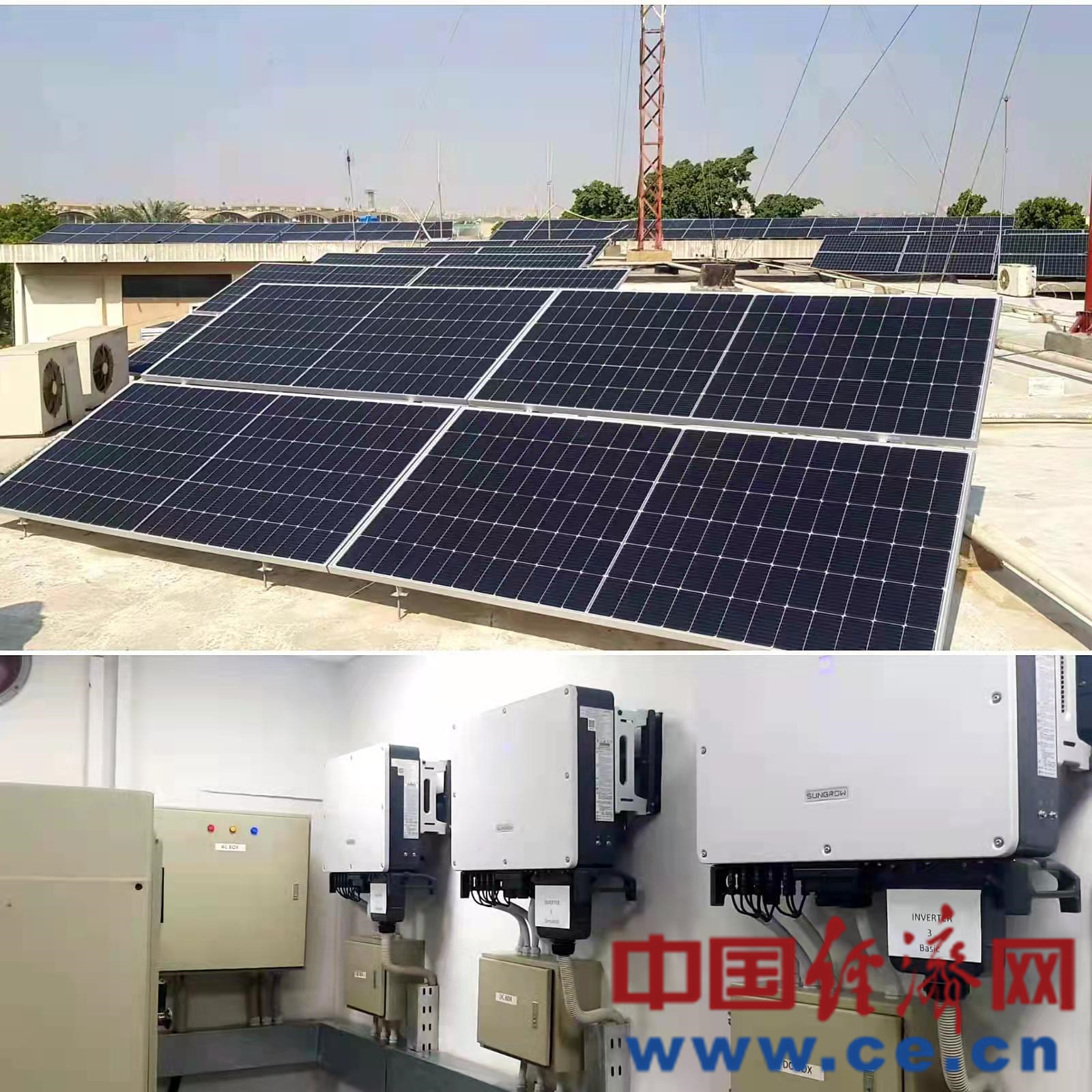ghazi52
THINK TANK: CONSULTANT
- Mar 21, 2007
- 116,918
- 167,138
- Country of Origin

- Country of Residence

Nestle sets the way
BR ResearchDecember 28, 2023
Earlier this month, Nestlé Pakistan inaugurated a 2.5 MW solar power plant, which is under its Rs2 billion investment in the renewable energy, at its Kabirwala Factory with the objective to reduce cost of power production, lower import bill and slash carbon emissions. This is one of a few initiatives of the company to integrate its business strategies with the domestic economic realities where the survival is hinged upon enhanced localization.
As told by Jason Avanceña, Chief Executive Officer, Nestlé Pakistan, over 90 percent of the raw and packaging requirements of the company are met locally in Pakistan.
This is the way for MNCs to sustain in Pakistan, as the country’s economic vulnerabilities – especially on the external front, are not likely to end any time soon. There are issues of repatriation of profits, and some companies are reluctant to invest. The key is to have investment that is to reap fruit in terms of import substitution (by localization) and generating exports.
Pakistan is mainly an agrarian economy and increased efficiencies in this sector go a long way. The timings are important, as due to massive currency depreciation in the last couple of years, there are benefits to enhancing exports from non-traditional exporting sectors. There are learnings for other MNCs, as they should look outwards for developing markets and inwards for expanding the value chains.
In case of Nestle, their localization has also led them to source over 7,500 metric tons of wheat and rice, 420 million liters of milk and 50,000 tons of local fruit including mangoes (south Punjab and Sindh), apples (Gilgit-Baltistan and Balochistan), peaches (Swat), guavas, lime, oranges (Sargodha), and red grapes (Chakwal). There are gains both for businesses and the country in terms of producing value-added products like juice nectars, cream, and milk powder to name a few.
Meanwhile, the 2.5-megawatt solar power plant completed with an investment of Rs480 million at Kabirwala Factory is one of the company’s sustainability initiatives that will reduce 1,800 tCO2e of greenhouse gas emissions per year.
The project will reduce greenhouse gas emissions across company’s operations. The plan is to reduce emissions by 20% (versus a 2018 baseline) by 2025, halve them by 2030 and reach Net Zero by 2050 in line with UN SDGs 13 (Climate Action) and 15 (Conserving Life on Land).
The company is all set to generate foreign revenues for Pakistan by increasing its exports to $18 million in 20 countries. The company was already exporting nutritious products like juices, dairy cream, milk powders etc. to U.S., U.K, Central Asia, Middle East and others. This year, they have explored and entered many new markets for exports including Maldives, Hong Kong, Turkey, Saudi Arabia, Bahrain, Turkey, and China. The company has a certain edge to cater to the South Asian diaspora where the palate is tuned to the products from our region.

Nestle sets the way
Earlier this month, Nestlé Pakistan inaugurated a 2.5 MW solar power plant, which is under its Rs2 billion...
www.brecorder.com



